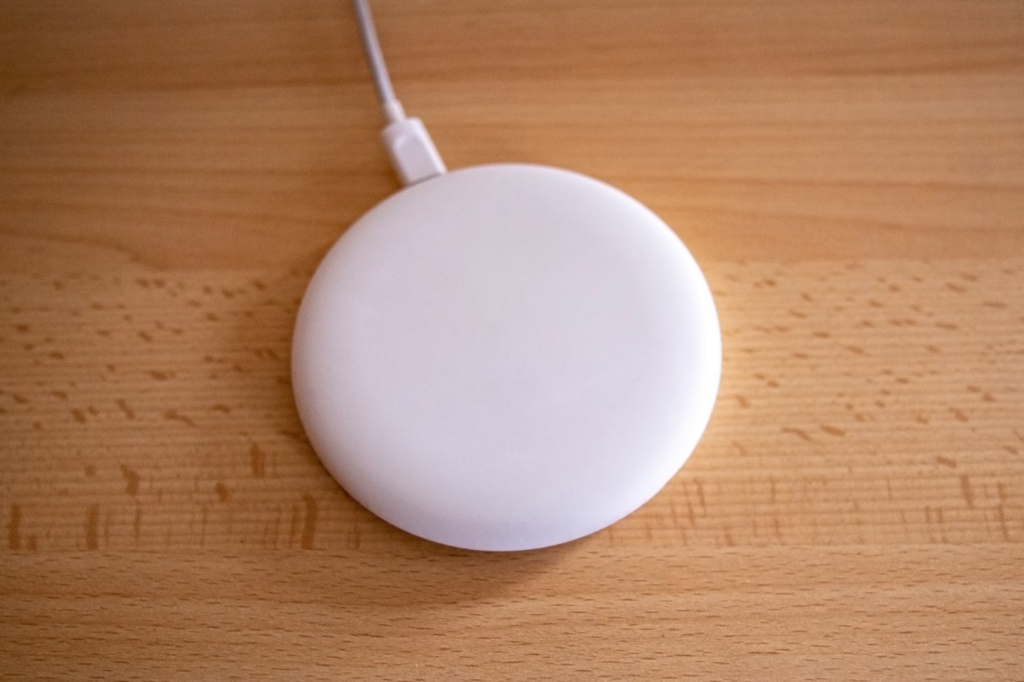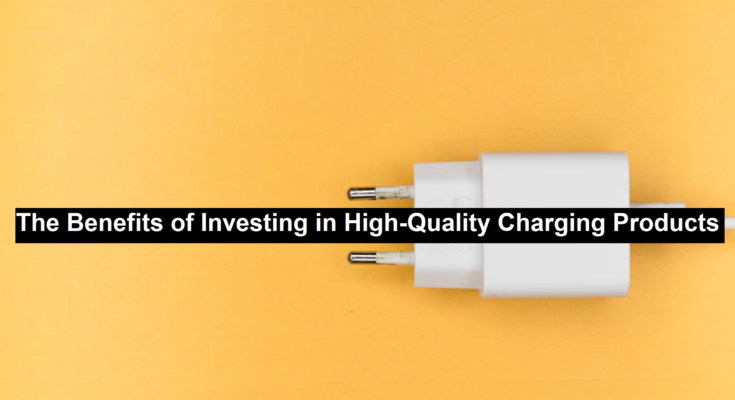We live in a perpetually connected world, one where your smartwatch and home appliances are connected to your phone and one where your phone controls a significant portion of your lifestyle. We’re happy to invest heavily in a high-quality phone, but the chargers that power them often fly under the radar for most of us. Find out why investing in high-quality charging products is worth it with this quick tech round-up.
The Hidden Costs of Cheap Chargers
The low price tag on a cheap charger might seem appealing at first glance, but it might cost you more in the long run. Let’s take a closer look at the true cost of cheap chargers.
Slow Charging
The most immediate drawback of cheap chargers is their sluggish charging speed. These chargers often lack the necessary components and engineering to deliver optimal power output, resulting in significantly longer charging times than their high-quality counterparts.
MagSafe wireless chargers are an excellent example of this drawback. Cheap wireless chargers are a dime a dozen on online marketplaces, claiming to support various devices, including the latest iPhones. Once you plug one of these generic chargers in, you’ll notice:
- They often fail to deliver the rated 15W of power you’d get with a certified Qi2 wireless charger.
- They can heat up surprisingly quickly, gradually damaging the internal components of the charger (and potentially your phone.)
Time is money, especially in a world where we rely on our phones for work and personal commitments. Since cheaper chargers often fail to support high-speed charging, you’ll spend much more time waiting for your phone to hit that 100% mark. This slow charging can severely impact your productivity and disrupt your overall daily routine.
Read: Thermal Management Solutions Using Microvias in Compact Devices
Device Damage
Slow charging can be a nuisance, but the potential device damage can be far more dangerous–and expensive–if you’re using a cheaper charger. Manufacturers like to cut corners to maximize their profit with these chargers. Missing or low-quality components like a cheap rectifier or filter can impact thermal management and power delivery, affecting the stable flow of electricity to your device.
Modern phones and other electronic devices have built-in safeguards to deal with excessive or unstable current, but it’s another risk that’s just not worth taking for most people.
The Benefits
Blazing-Fast Speed
Reliable manufacturers generally leave nothing on the table when building high-speed chargers. These chargers are meticulously engineered to deliver optimal power output, ensuring significantly faster charging times than their generic counterparts.

A certified high-quality wireless charger, for example, will generally fast-charge phones at 15W compared to the 7.5W you would get with a cheaper charger. Naturally, you’ll need to check whether your phone supports high-speed wireless charging in the first place.
Complete Safety
The best part of investing in quality is that you don’t have to compromise on safety in exchange for speed. A good charger generally has certain safety certifications (UL, CE, FCC.) These certifications prove that the device has been extensively tested and is safe for extended consumer use.
Convenience
A high-quality charger can do much more than just getting your device to 100%. Many popular, well-built chargers now boast additional features for an even more convenient charging experience.
- Multiple Ports: Many high-quality chargers feature multiple charging ports, allowing you to power up several devices simultaneously from a single outlet. This eliminates the need for multiple chargers cluttering your workspace or nightstand, streamlining your charging setup and reducing cable chaos.
This applies to wireless chargers, too! MagSafe chargers can power four devices simultaneously. If you’re a power user who’s constantly on the go, a MagSafe travel charger can make life a lot easier by seamlessly charging your AirPods, Apple Watch, and AirPods. - Cable Management: Some high-quality chargers incorporate features for seamless cable management, making it easier to manage your digital and physical space. These features include integrated cable organizers, retractable cables, or designated slots for different cable types.
Identifying High-Quality Charging Products
Finding the right charging products in the sea of mass-produced cheap chargers is no easy feat. Keep these pointers in mind to help you identify high-quality chargers.
- Check for Certifications: Reliable chargers undergo rigorous testing and certification processes. If you’re in the US, look for the UL and FCC certification logos on the charger’s box. iPhone users should also look for the MFi (Made for iPhone) logo.
- Build Quality Matters: Look for chargers made from high-grade plastics or metal alloys with reinforced stress points and sturdy connectors. The term ‘build quality’ applies to the charging cable, too. Braided cables are much more durable than their flimsy counterparts and look much better.
- Brand Reputation: If you’re feeling overwhelmed by all the choices online, it doesn’t hurt to stick to established brands. Brands like mophie, Anker, and Belkin are all known for producing high-quality charging products, and they’re almost always going to be a safer bet for most buyers.
Invest in a Better Lifestyle
Considering how wireless charging works, it’s easy to see how an investment in a high-quality charging product is also an investment in a better lifestyle. You’re freeing up time for the things that truly matter while ensuring the longevity of your most expensive devices.




